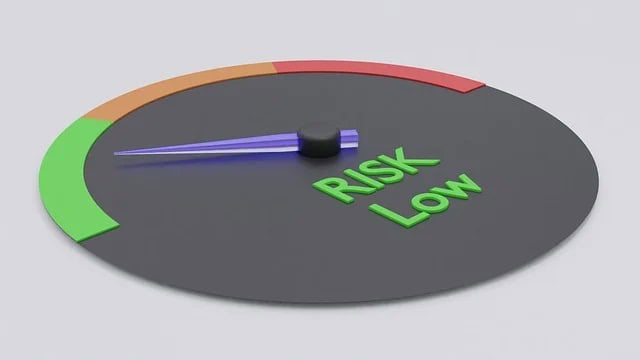| Risk determination with risk typology is one of the important steps in risk management, to arrive at a risk register with accompanying action plans as an intermediate step. In this respect, according to the principle of subsidiarity, the lowest in rank that can sensibly determine the risks is the right person to list the necessary risks. This applies to risks at all levels in the organization. | In this contribution I write my own opinion, not that of any organization. |
Contents
The first step
The first step therefore consists of determining the target group of the brainstorming session for the risks. For operational risks these can be process or project managers, but also newcomers who do not yet have a lot of vision on risks. Because they constantly come into contact with unforeseen issues, and cooperating in the risk analysis raises their awareness and alertness. As for tactical and strategic risks these can be board members. The target group of the risks must also be determined. For the normal risks these can be the managers, for large risks and strategic risks one must report to the top management / management board.
Once one determined the target groups for determining the risks and reporting, one must assess the risks themselves. This you can do with a risk typology. In addition, there are several possibilities. These are always dependent on the organization itself. Therefore those who choose / design the appropriate risk typology must well know these. Below we present a number of examples of risk typologies (not exhaustive).
A first possible division is as follows:
- Financial risks
- Legal requirements
- Legal compliance
- Reputation
- Specific to the industry
- Data integrity and reliability
- Confidentiality of the data
- Security of your own data
- Disaster recovery and continuity planning
- Operational risks
The second possible division is as follows:
- External risks
- Nature
- Politics / law and regulations
- Social / social
- Economy / market, fairs, …
- Internal risks
- Strategy
- Legal / financial consequences legal form
- Continuity
- Quality
- Fraud / Compliance …
- Material risks (loss of damage)
- Safety of people / resources
- Financial risks
- Critical knowledge
- Capacity …
A third possible division is as follows:
- Operational risks:
(Willem De Ridder, ‘Risicobeheersing met toegevoegde waarde’): “The risk of loss as a result of inadequate or failing processes, people and systems or as a result of external events.” - Strategic risks:
(Lizanne Vroom, ‘Risicomanagement vanuit het Dynamisch Business Model’): “The danger of (capital) loss and / or the survival of the organization as a result of changes in the organization’s environment, the lack of response or an incorrect response. Changes in the environment of the organization, business adverse decisions or incorrect implementation of the chosen strategy. “
How to do risk determination with risk typology
A useful way to work with this risk typology is to brainstorm with a SWOT method. Note that making this SWOT does distinguish between internal matters (strengths and weaknesses) and external issues (opportunities and threats), but is not yet a risk analysis in itself. You can use it to formulate the risk statements on the basis of each item in the risk typology, in relation to the operational projects, processes, objectives or strategic objectives. So in fact to do risk identification. The risk typology used can also depend on this. In addition, the SWOT method with its confrontation matrix is suitable for formulating measures.
A brainstorming session is best with a group of about 4 people, or a coach. The latter must always challenge the group to formulate the risk statements properly, and also, according to the principle of a Bow-Tie, to formulate the causes and consequences, causes of causes and consequences of consequences, etc. The 5x ‘why’ and 5x ‘what then’ question method applies here. In this way the participants in the brainstorm eventually formulate the risk statements in the form of ‘The organization / the process / project … has problem / opportunity … with the cause (s) … and effect (s) …’.
One can choose to split the causes and consequences with the problem over several risk statements, or to group the causes and group the consequences. These are then challenged with preventive and reactive measures respectively. The Bow-Tie method is then very suitable to indicate whether all the stated causes and consequences are being addressed with measures.

